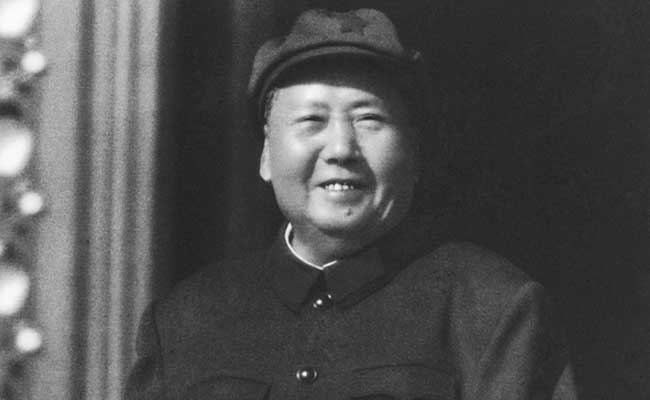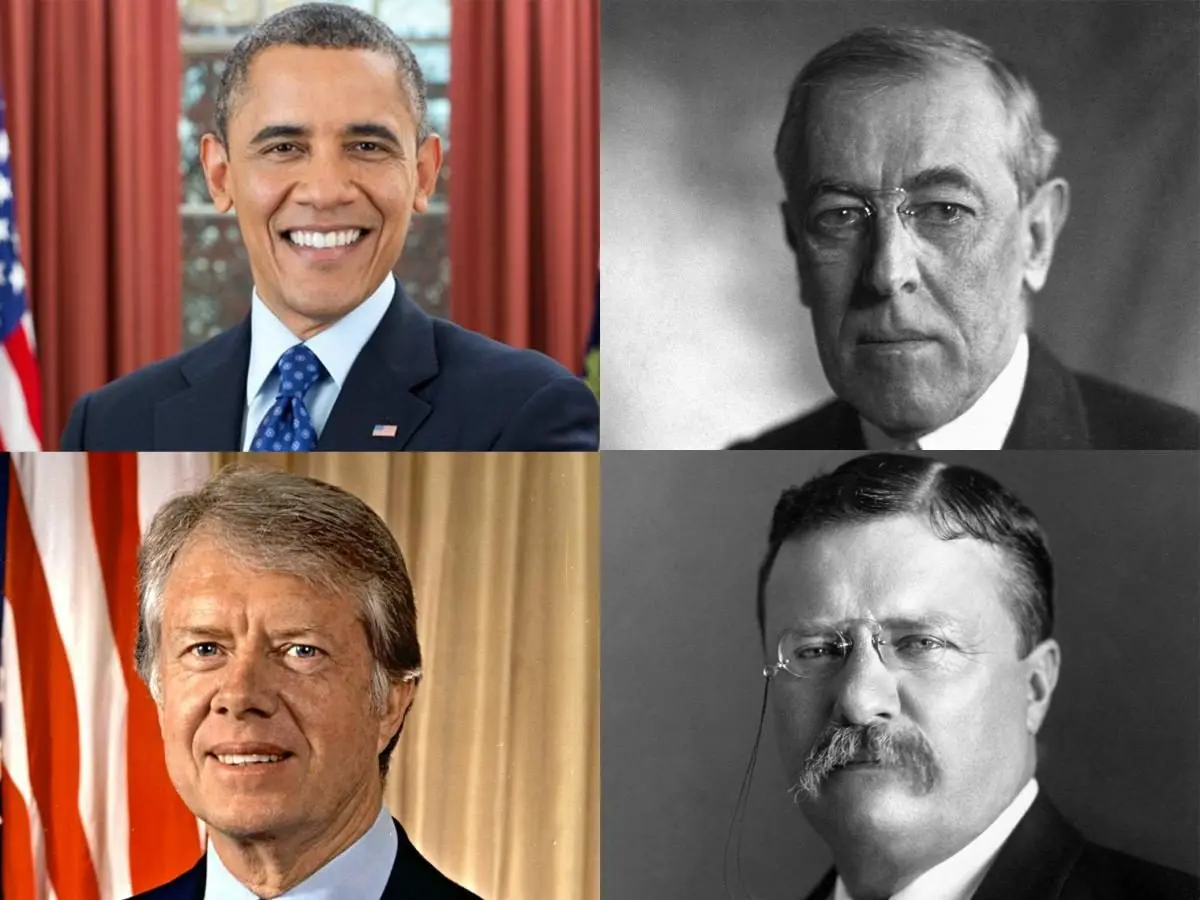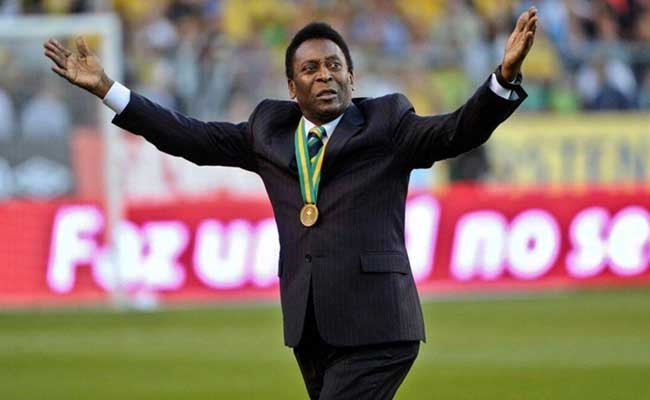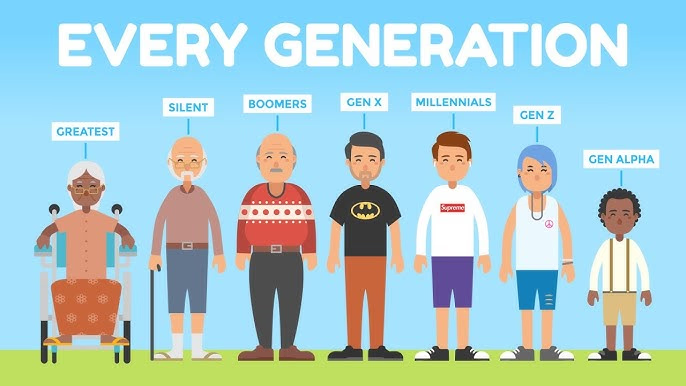Mao Zedong: The Rise and Fall of a Revolutionary Icon
Mao Zedong, born on December 26, 1893, in Shaoshan, China, was a Chinese Communist revolutionary who led the People’s Republic of China from its establishment in 1949 until his death in 1976. Mao was a polarizing figure, revered by some as a hero and denounced by others as a tyrant responsible for millions of deaths. In this article, we will explore the life, ideology, and legacy of Mao Zedong.
Early Life and Political Activism
Mao was born into a peasant family in Hunan Province, China. He attended school briefly but dropped out at the age of 13 to work on his family’s farm. At the age of 16, Mao left home and traveled to Changsha, the capital of Hunan Province, where he worked as a library assistant and began to read extensively on history and politics.
In 1911, Mao joined the Xinhai Revolution against the Qing Dynasty, which resulted in the establishment of the Republic of China. Mao then enrolled in the Changsha Teacher’s Training School, where he joined the Revolutionary Army and became involved in Marxist activities. In 1921, Mao co-founded the Chinese Communist Party (CCP) with Chen Duxiu, Li Dazhao, and others.
The Long March and the Establishment of the People’s Republic of China
In the late 1920s and early 1930s, Mao and his followers fought a series of battles against the ruling Kuomintang (KMT) Party, known as the Chinese Civil War. In 1934, Mao and his army began the Long March, a 6,000-mile journey from southern China to the northwestern province of Shaanxi, where they established a base in the city of Yan’an.
During this period, Mao developed his theories of guerrilla warfare and Marxist ideology, which emphasized the importance of peasants and rural areas in the revolution. In 1949, Mao’s forces defeated the KMT in the Chinese Civil War, and Mao declared the establishment of the People’s Republic of China, with himself as Chairman of the Communist Party and head of state.
The Great Leap Forward and the Cultural Revolution
In 1958, Mao launched the Great Leap Forward, a campaign aimed at rapidly industrializing China and increasing agricultural production. However, the campaign led to a massive famine that killed an estimated 20 to 45 million people, making it one of the deadliest famines in history.
In the 1960s, Mao launched the Cultural Revolution, a campaign aimed at purging capitalist and traditional elements from Chinese society and promoting Maoism. The campaign resulted in widespread violence and chaos, with millions of people being persecuted and killed, and the economy and society being disrupted.
Legacy and Criticism
Mao remains a controversial figure in China and around the world. Supporters view him as a hero who led China to independence and modernization, while critics see him as a tyrant responsible for countless deaths and the destruction of Chinese society and culture.
Mao’s legacy in China is complex. While he is still revered by some as a national hero, his image and reputation have been tarnished by the excesses and failures of the Great Leap Forward and the Cultural Revolution. Today, the Chinese government officially recognizes Mao’s contributions to the country but also acknowledges the negative aspects of his rule.
Conclusion
Mao Zedong was a complex and controversial figure who played a pivotal role in China’s history. His rise to power and establishment of the People’s Republic of China marked a turning point in Chinese history, but his policies and campaigns also caused great suffering and upheaval.
![]()





